Archives
- 2025-12
- 2025-11
- 2025-10
- 2025-09
- 2025-03
- 2025-02
- 2025-01
- 2024-12
- 2024-11
- 2024-10
- 2024-09
- 2024-08
- 2024-07
- 2024-06
- 2024-05
- 2024-04
- 2024-03
- 2024-02
- 2024-01
- 2023-12
- 2023-11
- 2023-10
- 2023-09
- 2023-08
- 2023-06
- 2023-05
- 2023-04
- 2023-03
- 2023-02
- 2023-01
- 2022-12
- 2022-11
- 2022-10
- 2022-09
- 2022-08
- 2022-07
- 2022-06
- 2022-05
- 2022-04
- 2022-03
- 2022-02
- 2022-01
- 2021-12
- 2021-11
- 2021-10
- 2021-09
- 2021-08
- 2021-07
- 2021-06
- 2021-05
- 2021-04
- 2021-03
- 2021-02
- 2021-01
- 2020-12
- 2020-11
- 2020-10
- 2020-09
- 2020-08
- 2020-07
- 2020-06
- 2020-05
- 2020-04
- 2020-03
- 2020-02
- 2020-01
- 2019-12
- 2019-11
- 2019-10
- 2019-09
- 2019-08
- 2019-07
- 2019-06
- 2019-05
- 2019-04
- 2018-07
-
br Chain specific ubiquitin probes The
2021-08-26
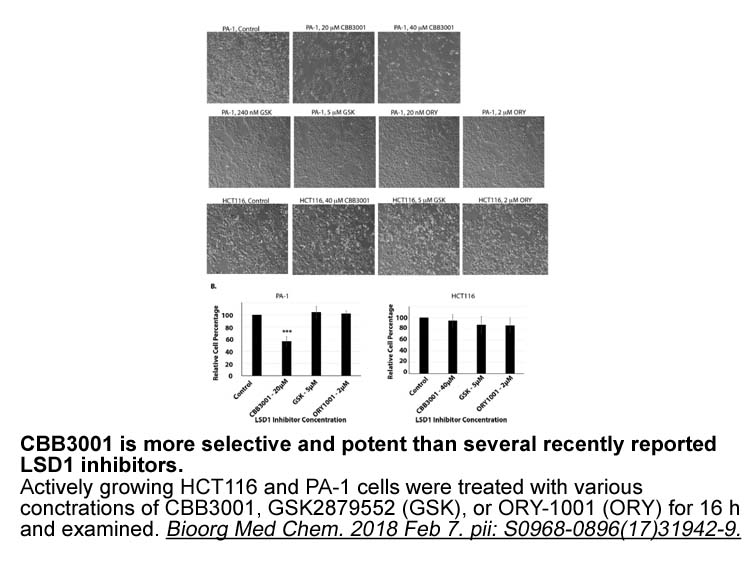
Chain specific ubiquitin probes The conventional way of assessing linkage specificity is by measuring turnover rates of different diubiquitin molecules as substrates. Although this method has been applied successfully in several studies [7••, 8] it is limited to isolated DUBs, whereas linkage spe
-
The number of DBH alleles affects dopamine and norepinephrin
2021-08-26
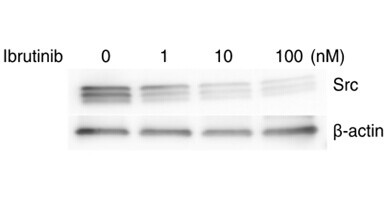
The number of DBH Silicristin synthesis affects dopamine and norepinephrine levels in the prefrontal cortex of mice when they are treated with disulfiram (33). Disulfiram increased dopamine and decreased norepinephrine levels in their prefrontal cortex of mice with two normal alleles, whereas disul
-
br The related catalytic regions of the human DNA ligases
2021-08-26
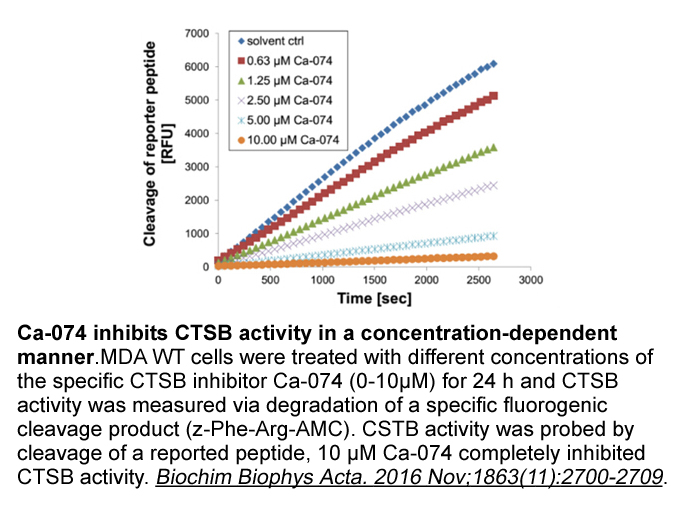
The related catalytic regions of the human DNA ligases contain three domains, a DNA binding domain (DBD), a nucleotidyl transferase domain (NTase) and an oligonucleotide/oligosaccharide-fold binding domain (OBD) (Ellenberger and Tomkinson, 2008). Similar to DNA ligase I, the DNA ligase III polypep
-
To further determine the cell death the cells
2021-08-26

To further determine the cell death, the Pyrintegrin mg in flasks were harvested after OGD or LTD4 treatment, washed twice with PBS, and evaluated with Annexin V (AV)-FITC apoptosis detection kit I (BD Biosciences Pharmingen, USA) on a flow cytometer (FACSCalibur, Becton–Dickinson, USA). Briefly, 1
-
Ultimately we decided to investigate
2021-08-26
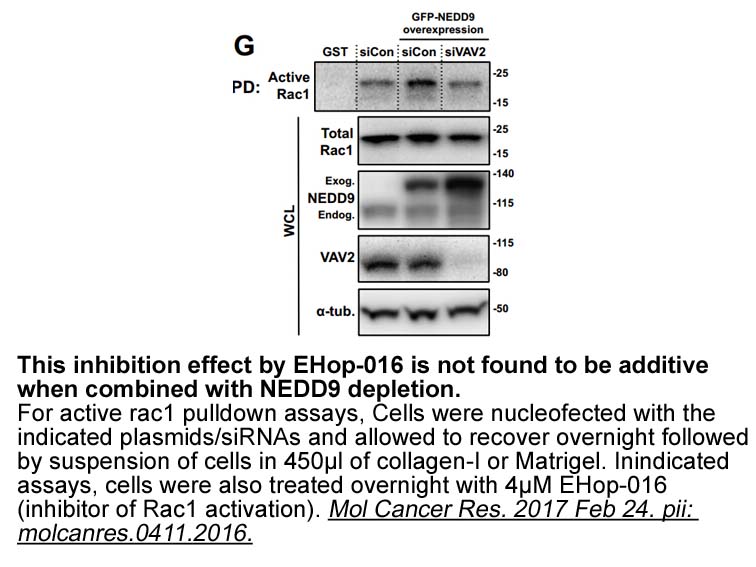
Ultimately, we decided to investigate the role of Cyp3a in obesity because Hepatic P450 Reductase-null (HRN) mice with no P450 activity show hepatic steatosis with increased Cyp2b10 and Cyp3a11 expression, perturbations in liver size, lipid homeostasis, and increased liver polyunsaturated fatty acid
-
br Acknowledgement br Introduction Recent developments in
2021-08-26
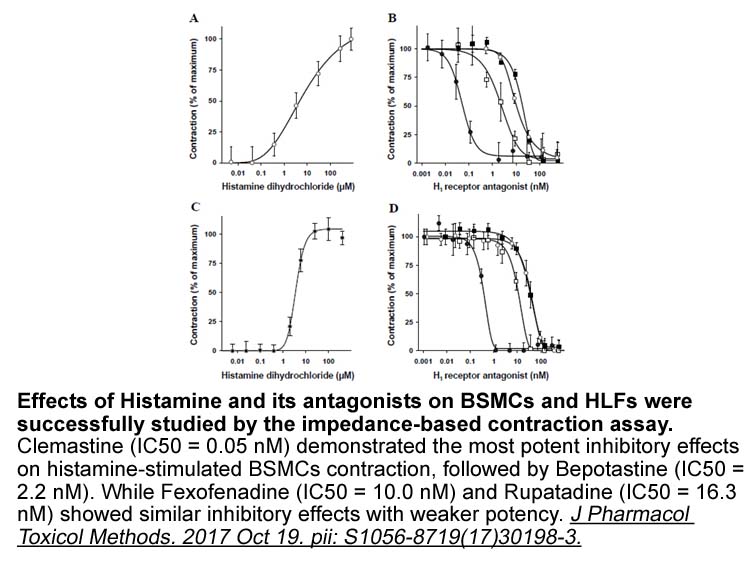
Acknowledgement Introduction Recent developments in cancer immunotherapies have demonstrated durable responses, suggesting that effective immunotherapy would hold promise to improve patient outcome (Gunturu et al., 2013; Hodi et al., 2003; Lutz et al., 2011; Ribas et al., 2009). However, attem
-
On top of the hardware ASTS
2021-08-26
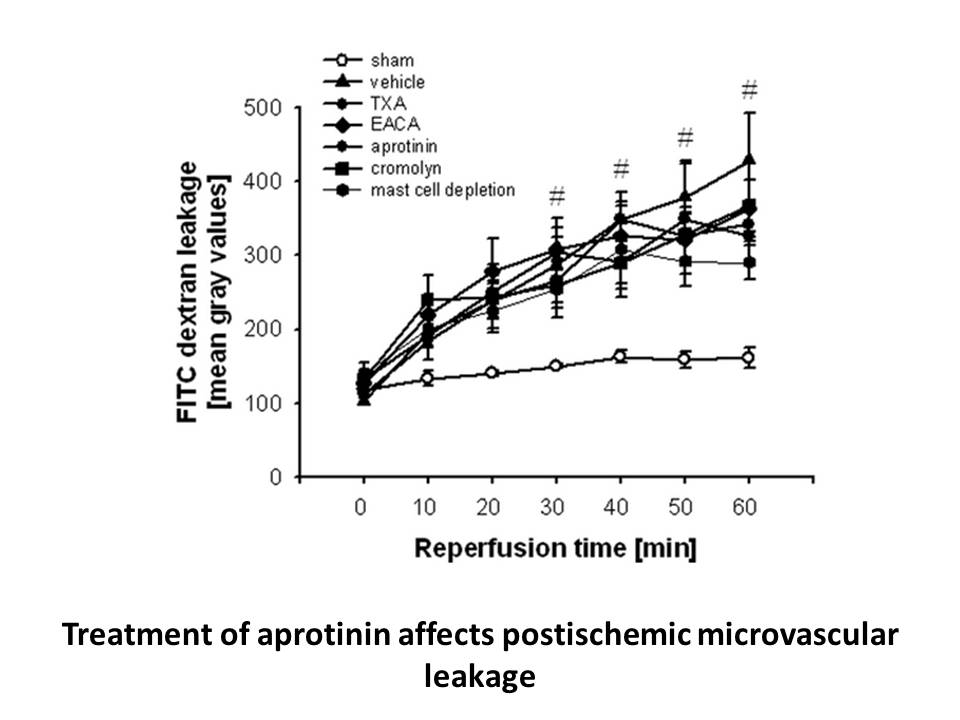
On top of the hardware, ASTS employs Linux SUSE with High-Availability (HA) Extension: a COTS OS provided with two clustering software (Pacemaker Cluster Resource Manager (CRM) and Corosync) responsible for resources orchestration, failure diagnosis, nodes coordination, and fail-over management. The
-
Indeed some studies that examined the morphine response have
2021-08-26
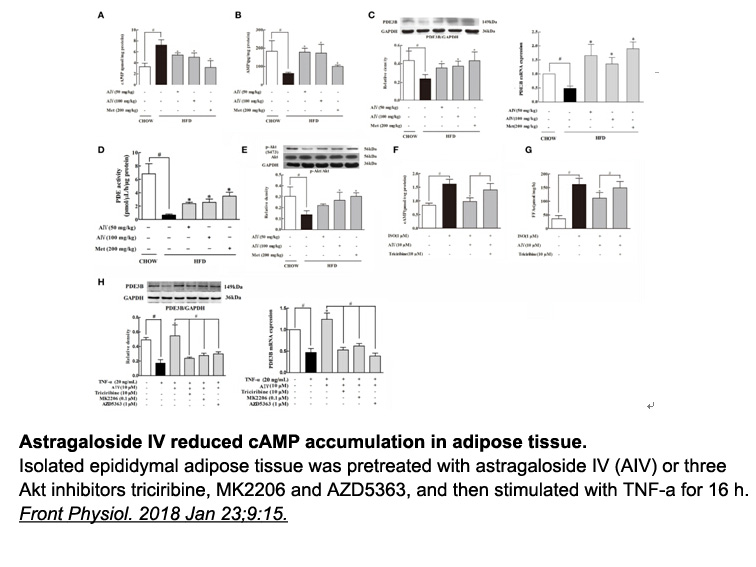
Indeed, some studies that examined the morphine response have reported that the (C) allele of rs4818 was associated with a low dose administered compared to that given for individuals with the (G) allele (Rakvag et al., 2008). In a publication about Tunisian patients with cancer by Chatti et al. (2
-
The four other mutations S T V I
2021-08-26
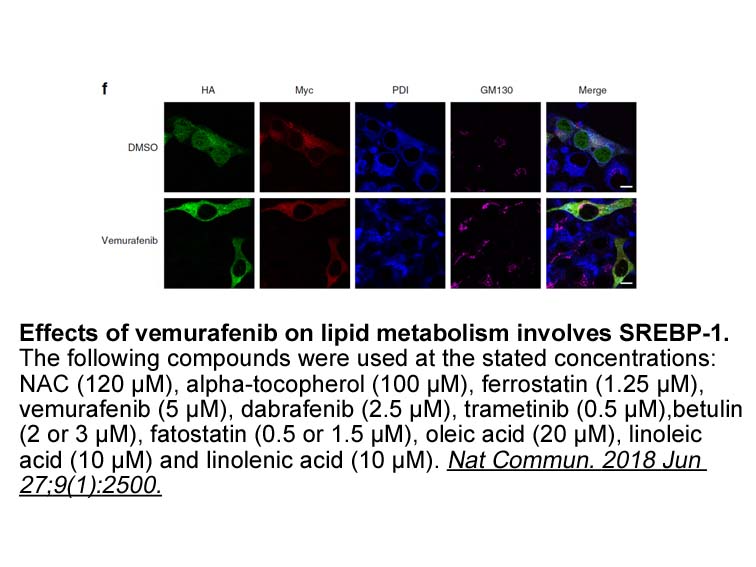
The four other mutations (S281T, V317I, T328A and A329S) were not detected in the absence of the A286S. This could suggest that when all of them are present, there would be a tri-dimensional structural modification that would interfere with the binding of the insecticide and produce different levels
-
As plants can only take up
2021-08-26
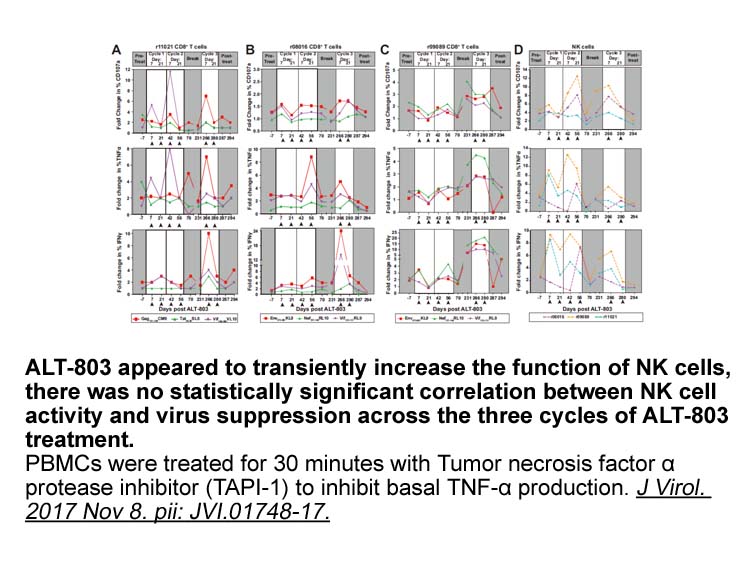
As plants can only take up P in an inorganic orthophosphate form, it was expected that the proportion of orthophosphate P in the OA would be a good indication of the availability of the P in the OA. While the P speciation of the COMP sample could not be determined by deconvolution due to the broadne
-
Chk and Chk are functionally
2021-08-26
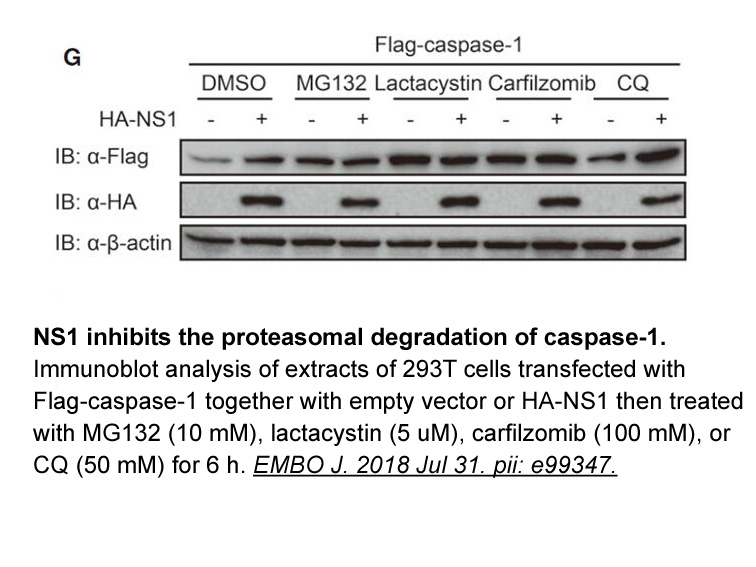
Chk1 and Chk2 are functionally redundant protein kinases that respond to checkpoint signals emanating from the phosphatidylinositol 3-kinase family members ATM (ataxia-telangiectasia mutated) and ATR (Ataxia-telangiectasia and Rad-3 related). A concerted research effort has revealed many mechanistic
-
Interestingly several ES cell lines are null for
2021-08-26
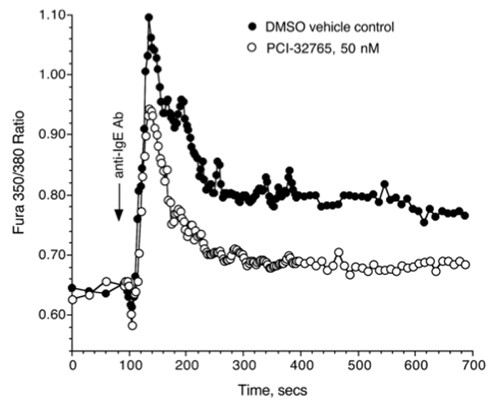
Interestingly, several ES cell lines are null for p53, possibly because the EWS-FLI1 chimeric protein can directly and indirectly interfere with p53 activity [38], [39]. The inhibition, loss and/or mutation of p53, one of the most common events in tumorigenesis, results in a decreased oxygen consump
-
The ERR gene lacks the typical TATA
2021-08-26
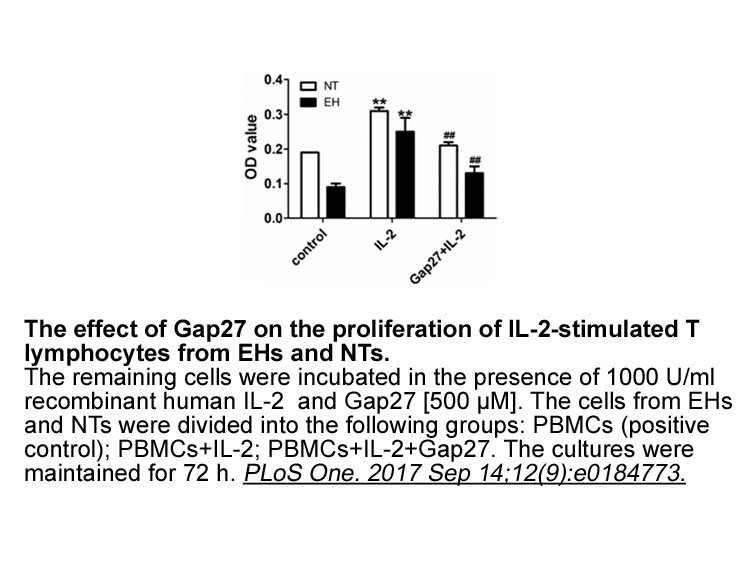
The ERRα gene lacks the typical TATA and CAAT boxes, but has multiple consensus Sp1 binding elements in the GC-rich promoter (Shi et al., 1997). Previously, our laboratory has shown that ERRα expression is upregulated in the mouse uterus by estrogen (Shigeta et al., 1997) and recently we identified
-
Recently roflumilast has been approved as the first selectiv
2021-08-26
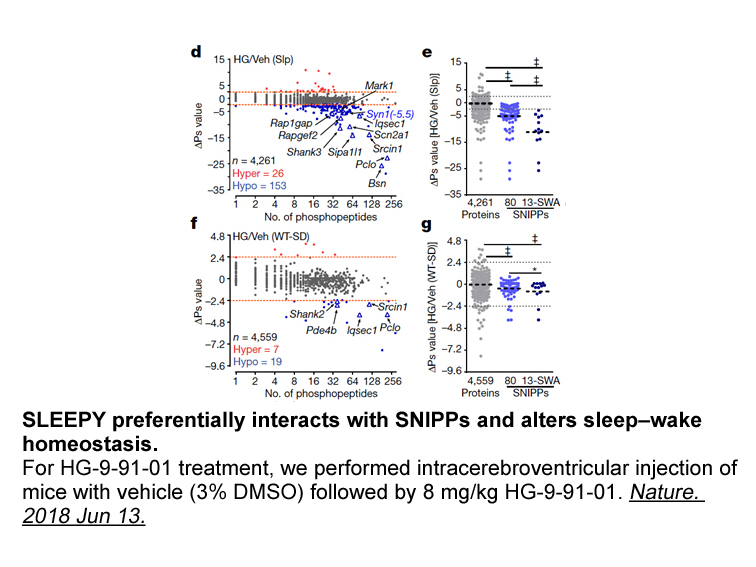
Recently, roflumilast has been approved as the first selective PDE4 inhibitor for the treatment of chronic obstructive pulmonary disease (COPD) [2]. Roflumilast has been suggested to target several different pathogenetic mechanisms, including inflammation, fibrotic, emphysematous and vascular remode
-
In conclusion we demonstrate that infection of salmon cells
2021-08-25

In conclusion we demonstrate that infection of salmon cells with ISAV induce the main branches of the cellular UPR machinery, but also one of its main negative regulators, GADD34. This is probably important for maintaining translation of interferon and interferon stimulated genes (ISGs), keeping ISA
15666 records 592/1045 page Previous Next First page 上5页 591592593594595 下5页 Last page